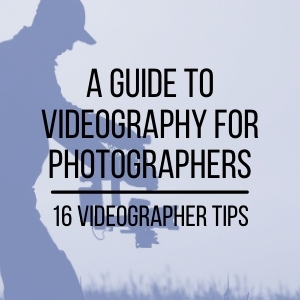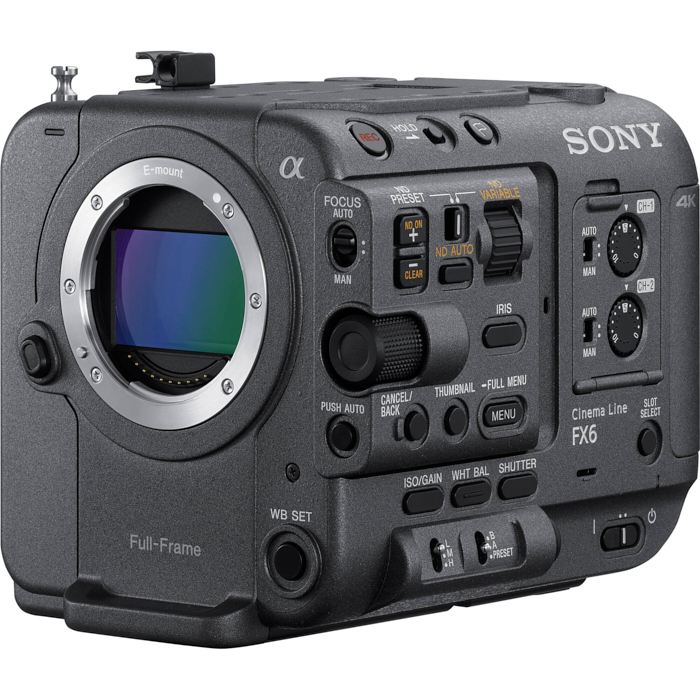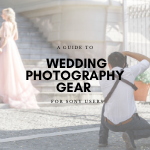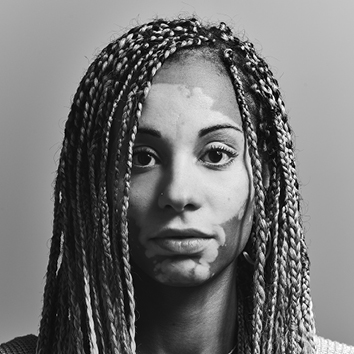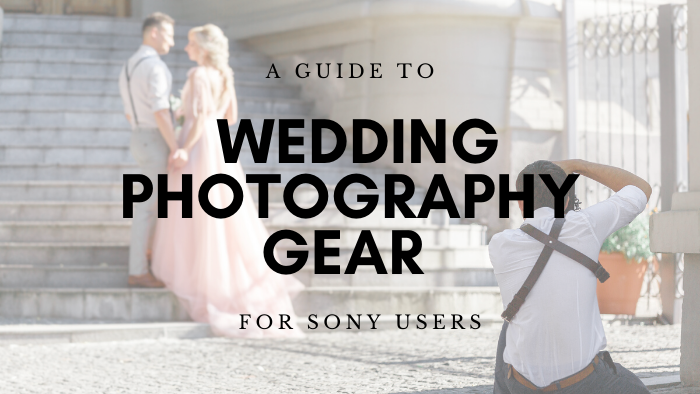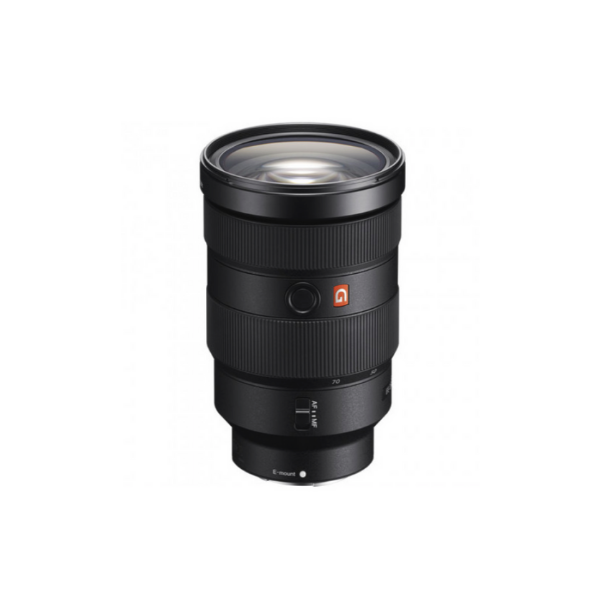Congrats! You're beginning your career as a wedding photographer or just testing out the waters. So you're probably wondering what gear you need to photograph a wedding? It's not going to be the same as your hour-long portrait session, family photo minis, or late-night astrophotography session. Photographing a wedding takes more preparation and gear to get the job done, whether it's a small four-hour wedding or a party of over 300. This guide will help you find the right camera gear for Sony photographers starting in the wedding scene.
A few general rules I have as a wedding photographer:
- Bring more than you think you need.
- Shoot on a camera with dual slots (two cards).
- Always have at least two camera bodies (a third if you can).
- Bring multiple lenses.
- Bring lighting equipment.
- Bring extra batteries.
- Always be charging (ABC).
There's nothing more detrimental than not having the gear you need to get the job done, or maybe dead batteries. What equipment do you need to create stellar imagery and get through an entire wedding day? If you're a Sony photographer, I've outlined the cameras, lens, and lighting equipment you need to create top-notch imagery in any lighting conditions.
Sony Camera Bodies

Sony Alpha a9
I'm never worried about missing the bouquet or garter toss with The Sony Alpha a9 because of the 20 frames per second photos you get out of the burst mode. The electronic shutter also doesn't blackout your view, so you can easily follow your bride down the aisle, the bouquet moving through the air, or kids running through the reception without interruption. You'll never have issues focusing exactly where you want with the 693 AF points covering 93% of the full-frame.
Sony Alpha a7R IV
The jaw-dropping feature on the Sony Alpha a7R IV is the ultra high resolution (61 MP) BSI sensor. If your clients want their wedding picture plastered to a billboard, this camera will do the job. While I haven't photographed a wedding with the a7R IV myself, the 15 stops of dynamic range and large file size make it very enticing. It's burst mood isn't as powerful as the a9 at 10 fps at up to 68 frames; its image size makes up for it.
Both the Sony Alpha a9 and A7R IV are dual slot cameras. For max performance, I recommend getting fast read and write a card with a higher capacity. When you begin your career as a wedding photographer, you tend to "overshoot," which is excellent! Just make sure to use a larger card like the Sand Disk 128GB or 256GB SD Card.
Sony Wedding Lenses
If it's your first time photographing a wedding, the most crucial bit of advice is to have lenses is having a variety of focal lengths. If you don't have much experience with lenses, it's best to rent one to practice with first, so you understand their differences. A longer lens like the 135mm or 70-200mm listed below is "zoomed in" or "magnified," whereas the shorter lens with the smaller focal length like 12-24mm is very wide.
Zoom Lenses
If it's your first time photographing a wedding by yourself or doing so solo, I'd recommend opting for zoom lenses. Zoom lenses offer more flexibility; you can stand in the same places and create multiple compositions, unlike prime lenses, which force you to move since there is no ability to zoom. The following three lenses cover all of the range you will need to photograph a wedding:

Sony FE 70-200mm f/2.8 GM OSS
Don't let the 2.8 on this lens full you, paired with its compression this lens provides spectacular bokeh. If you're shooting with only zoom lenses at a wedding, this lens is a must for the ceremony and reception; it allows you to stand out of the way while still capturing close up photos if you plan to do close up headshots of your bride and groom too the longer the lens, the better! You want a focal range of 85mm and up, which this lens provides.
Sony FE 24-70mm f/2.8 GM
The 24-70mm f/2.8 is a workhorse perfect for weddings as well as travel and landscapes. This lens is excellent for your formal group shots at a wedding, as well as details. The 2.8 aperture ensures it still shines in low light scenarios!
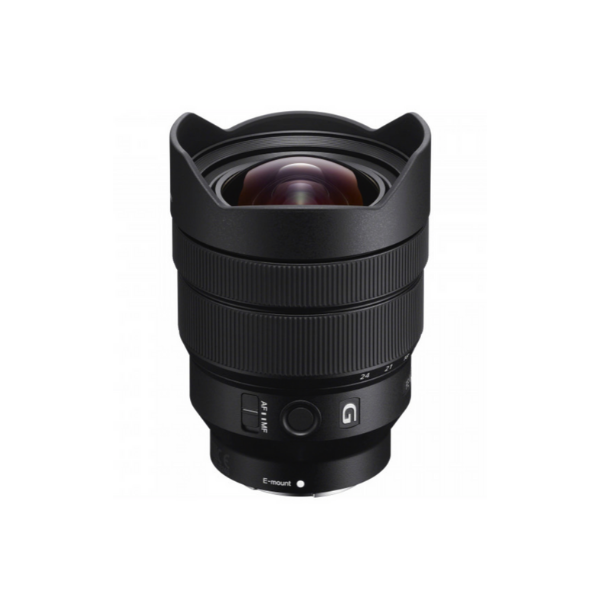
Sony FE 12-24mm f/4 G lens
The Sony FE 12-24 is one of my favorite lenses due to its size and lightness. Use this lens to create wide sweeping landscape shots of your bride and groom or funky on the dance floor with it. The f/stop of 4 means you're not going to get a great deal of bokeh. However, you should really get that close to a person without distortion anyways. This lens is solely made for wide-angle shots.
Prime Lens
If you're more interested in the sharpness and aperture on prime lenses, these are the four I would suggest having in your bag. Another pro to prime lenses is the wider aperture meaning more bokeh, and they work better in low light situations.

Sony FE 135mm f/1.8 GM
The Sony FE 135mm f1.8 GM is my all-time favorite lens from any brand or focal length. If you want to make wedding portraits with creamy smooth bokeh backgrounds and sharp images, this is it. The autofocus is quick, and I love the manual aperture ring on the lens that lets you quickly and efficiently make adjustments. The only downside to this lens is how heavy it is; your wrists won't be happy with you after a full day wedding.
I love this lens because it can disguise what a wedding venue really looked like - make a budget wedding look like a fancier one! If the wedding venue isn't exactly appealing, use this lens at an f/stop of 1.8 or 2.2 for portraits to compress the scenery and turn it into beautiful smooth bokeh.

Sony FE 50mm f/1.4 ZA
The 50mm focal length, a.k.a, the "nifty fifty," is probably the most popular lens since it's *the* standard focal length. If you're trying to get group shots in a confined space, this lens isn't going to cut it. However, it's great for getting ready shots and standard length portraits.
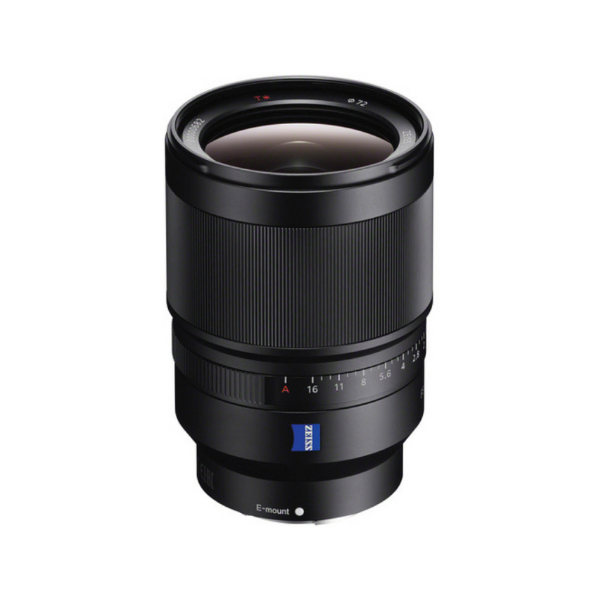
Sony Zeiss FE 35mm f/1.4 ZA
Out of the Sony 35mm options, the Zeiss FE 35 F1.4 ZA has the lowest aperture, which generally makes the preference for wedding photos. While you probably won't be taking pictures at an aperture of 1.4, most of the time, it does make for some great detail shots. While this lens is excellent, it would be a rookie mistake to show up to photograph a wedding with only this lens - it covers all your wide-angle shots, but it shouldn't be used for any close-up portraiture due to the distortion it causes.
Wedding Lighting Equipment

Godox V860II-S Sony Speedlight Kit
The V860II-S quickly has become my favorite flash for my Sony; I generally bring two with me to weddings for both on-camera and off-camera flash. The recycle time is 1.5 seconds, and I've yet to have them overheat like my other flashes powered by AA batteries. The rechargeable battery has made my life easier - however, it is limited to 600 full-power flashes. I've never run out of battery at a wedding, but it is a possibility. It does beat having to swap out batteries or wait for your flashes to cool down!
My favorite feature is the High-Speed Sync when paired with the Godox X-Pro S wireless TTL controller - making mid-day outdoor portraits of the bride or groom much more feasible. Please do note, in order to turn on the high-speed sync when shooting off-camera flash with the V860II, you turn it on from the X-Pro S controller and not on the flash itself (it took me a minute too!).
When to use the V860II-S:
Getting ready portraits as ambient lighting
Bounce the flash off white walls, ceilings, or even windows. If white walls aren't available, I opt for a Magmod or Gary Fong diffuser.
Portraiture during getting ready
I generally toss the flash in a softbox that can be handheld or on a stand. I opt for this during getting prepared due to its small size and lightweight. This helps me control the lighting for a few more dramatic or crisp, getting available photos. I may place a second light behind the subject to
Mid Day Portraits
More often than not, you won't get to dictate the schedule for portraits. If I have any individual portraits to complete during high noon, I will have my subjects stand in the shade and use High-Speed Sync to illuminate them to match the background's brightness. It's possible to do this one late, but it also can be done with two flashes.
Reception Ambient Lighting
During the reception, if the venue has white walls, I'll generally attach to flashes to tripods and stick them in opposing corners to create ambient lighting during toasts. Depending on the dynamic, I may leave them there the entire night. If the venue is massive and I'm moving around, I opt for an on-camera flash with the V860II instead.
While I love the V860II for its light weight and flexibility, I don't recommend it for every wedding situation. The recycle time is to slow and burst rate for me when it comes to Bouquet tosses and first dances. Instead, I'd opt for a true strobe like the Profoto D2 listed below.
You'll want the following settings on your Sony Camera to make sure High-Speed Sync is set up before shooting:
- Turn off Wireless Flash in (Menu 1 Page 11)
- Exposure Composition Setting turned to Ambient Only (Menu 1 Page 11)
- Silent Shooting turned off (Menu 2 Page 4)
- e-Front Curtain Shutter turned off (Menu 3 Page 4)

Profoto D2 Duo 2-light Kit
If you're looking for something more powerful and professional, check out the Profoto D2. The high-speed flash duration is as fast as 1/63,000 second! It has a speed recycle time of 1.2 seconds, and a fast burst rate of 20 flashes per second - paired with the Sony a9 that's magic! While it is feasible for every situation if you have group photos in sunny conditions, these can fix your problem. Still, they're also great for portraiture, and other wedding moments when you want to make sure you capture the perfect moment with the fast burst rate!
If you're looking for extra flair or color correction to add with the Profoto D2, check out the OCF gel kit and grid kit. I generally only add gels to the strobes during the reception to add a color pop to first dance photos and creative flair to the rest of the party!
That concludes the necessary equipment to photograph a wedding for Sony shooters. Are you a wedding photographer? What is your preference for camera equipment? We'd love to hear your opinions below.


